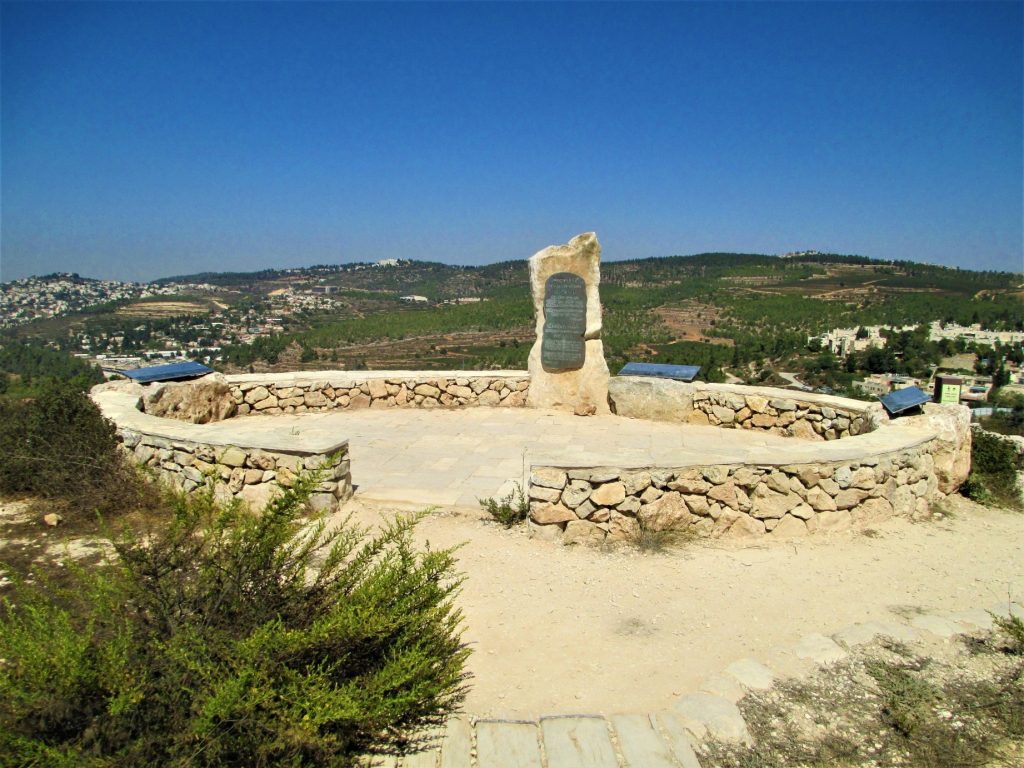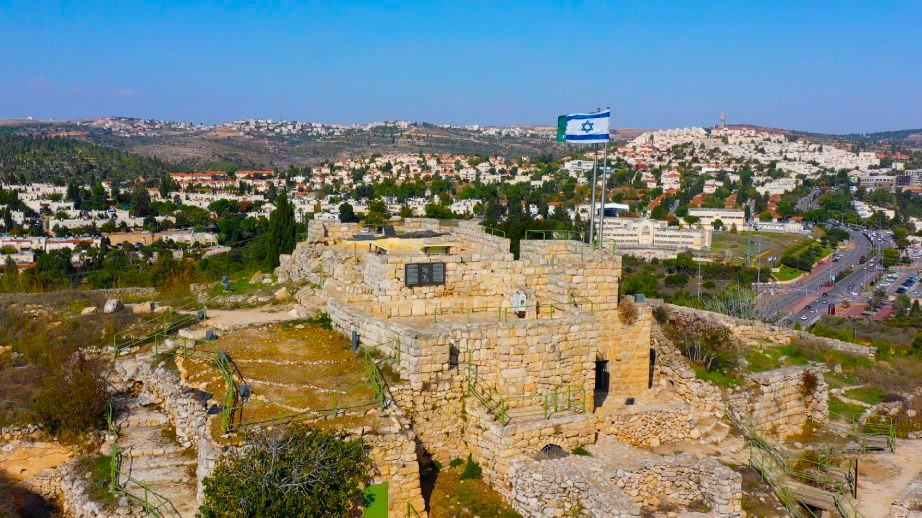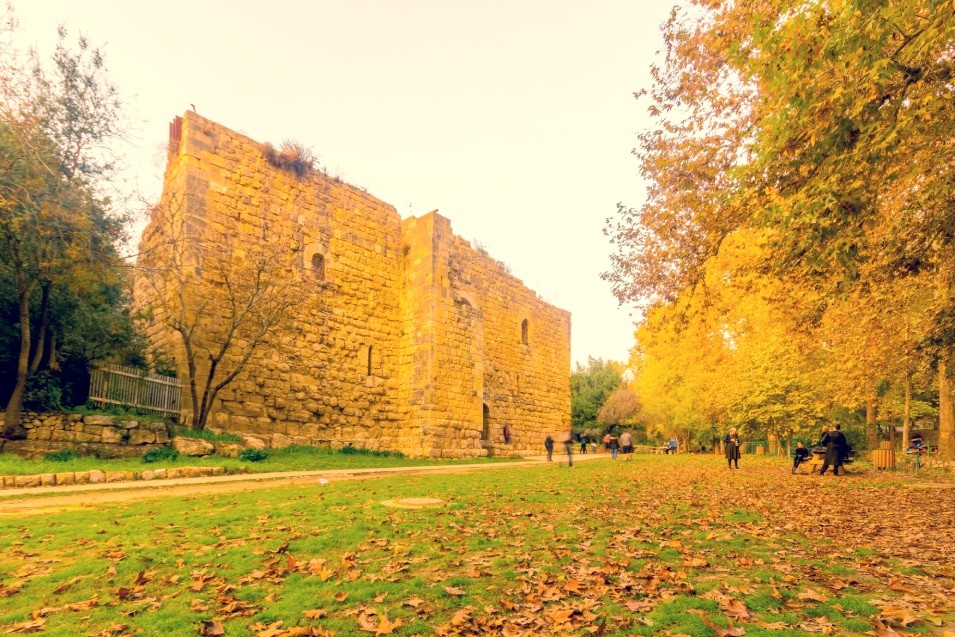What may appear to be just an ancient castle on a hill has a much grander story to tell in the history of Israeli independence than most could guess. Perched on Mount Maoz in Castel National park; this Castle holds strategic importance as it protects Highway 1, the road that connects Tel Aviv to Jerusalem. To truly understand its significance, let’s go back in time together.

The year is 1947, and the Partition Plan for the Land of Israel was just passed by the General Assembly of the United Nations. There was hope for the first time in years for a peaceful resolution. That was until the Arabs rejected the plan and the War of Independence broke out. The Arabs immediately started cutting off the roads to Jewish settlements, which the Jews responded to by trying to break free. Within just a few months, over a thousand Jews, mostly civilians, had been killed. The Jews knew it was time to switch off their strategy, and they did! In April, after supplies arrived from Czechoslovakia, Operation Nahshon began.
More About Castel National Park
The Jewish force consisting of 1,500 soldiers, made their way to Jerusalem, capturing territories along the way. On April 3rd, the Palmah force captured the Castel village easily. After capture, the Moriah battalion was put in charge of the Castel, which was being attacked again and again by the Arabs, even though they were gaining no ground. Sadly, on April 8th, a revered commander of the Arab front; Abd a-Qadir al-Husayni, approached the position and was killed because the Jews didn’t recognize him.

This act enticed a wide-scale attack by the Arabs outraged at his death, and they took the Castel back. All of the Jewish soldiers, except for four, were killed. The Jews, however, did not give up. The following day, they returned with reinforcements only to find the castel nearly empty since everyone was attending the commander’s funeral. The Jews took the castel once again and have kept it ever since.
Ein Hemed National Park

Castel Was the First Arab Village Captured in the 48 War
The Castel National Park was created to honor this historic location as it was the first Arab village captured during the War of Independence. It is considered a symbol of the turning point in the war. Today, when visiting Castel National Park, you can imagine what it would have been like to fight those bloody battles. At the park’s entry, there is a video station where you can watch a short movie on the history of the castel.

Besides exploring Castel national park, you can pay your respects to the fallen individuals at the monument honoring the memory of those who died during the battles. Whether you want to learn about Israel’s fight for independence, are curious about the ancient archaeology hidden within the ruins; or are simply looking for an adventure the whole family will love, Castel National park is the place to be!
The Castel in Previous Times
So in the times of the Crusaders, a Crusader castle called Belveer or Beauverium was built there around 1168 CE. Also, it is listed among the castles destroyed by Sultan al-Adil I in 1191–92 CE. Sadly, no trace remains today of the castle. Belveer is mentioned in a letter from Eraclius, Patriarch of Jerusalem, dated September 1187; in which he describes the slaughter of Christians “by the sword of Mafumetus the Unbeliever and his evil worshipper Saladin” and the Arab conquest of the town; which was renamed Qastal.
Lastly, the name “Castel” originates from the Roman word “Castellum”; which means fortress (this is the small form of the word Castra, which means military camp); which refers to the fortress that the Romans built instead of guarding the road to Jerusalem.
Castel National Park Opening Hours:
The entrance closes one hour before cited closing time
Summer hours:
Sunday–Thursday and Saturday: 8 am – 5 pm
Friday and holiday eves: 8 am – 4 pm
Winter hours:
Sunday–Thursday and Saturday: 8 am – 4 pm
Friday and holiday eves: 8 am – 3 pm
Holiday eves: 8 am – 1 pm
Yom Kippur eve: 8am – 1pm







